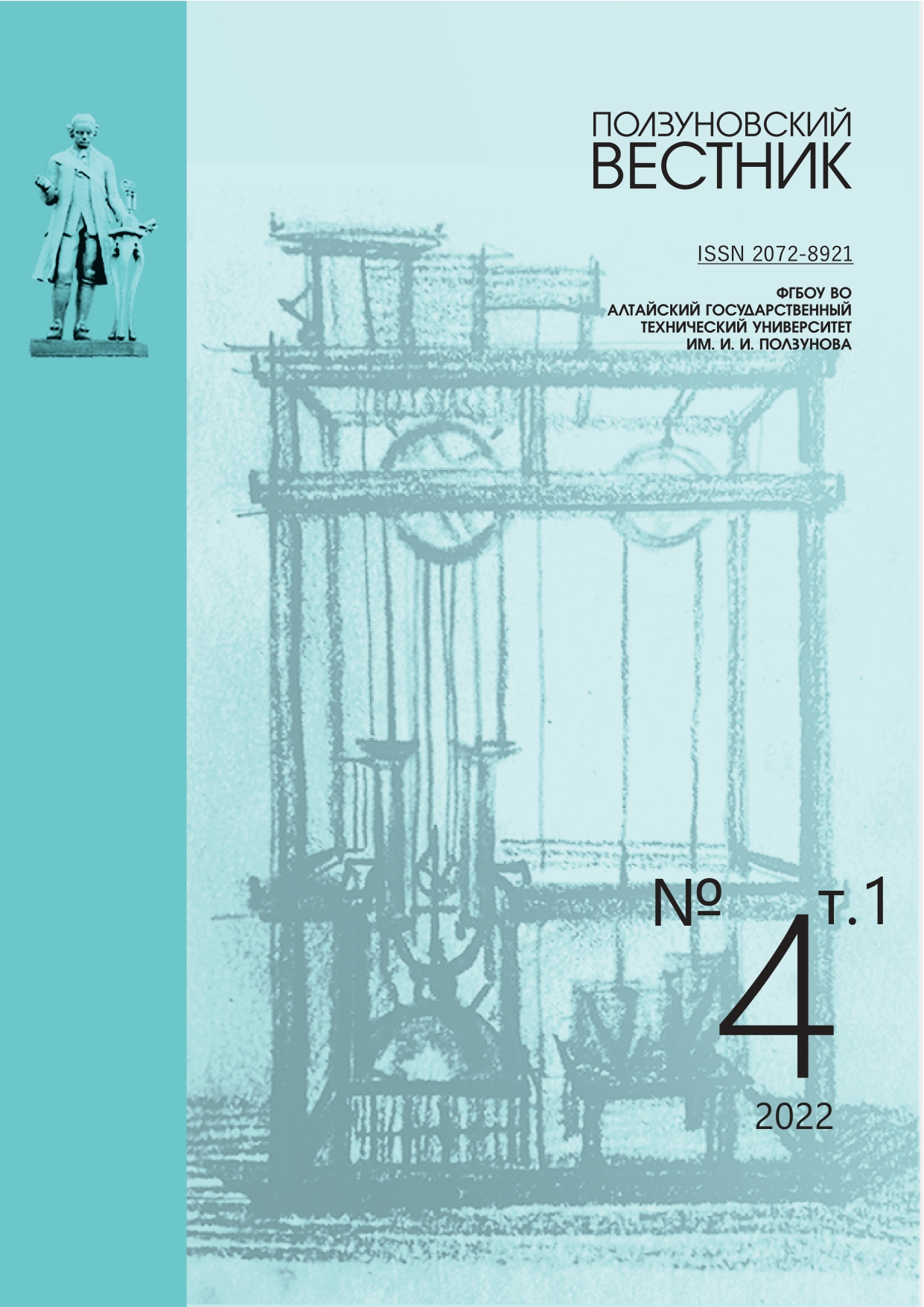OBTAINING ASTAXANTHIN FROM ARTEMIA SALINA CYSTS FOR THE DEVELOPMENT OF FUNCTIONAL FOOD PRODUCTS
EDN: AKJRCZ
DOI:
https://doi.org/10.25712/ASTU.2072-8921.2022.04.022Keywords:
carotenoids, xanthophylls, astaxanthin, crustacean cysts, decapsulation, Artemiasalina, spectrophotometry, antioxidants.Abstract
In recent years, biologically active compounds extracted from natural resources have aroused increased interest, especially compounds that can effectively affect molecular targets involved in various diseases. Astaxanthin is a carotenoid present in Haematococcuspluvialis, Chlorella zofingiensis, Chlorococcum and Phaffiarhodozyma, as well as in the cysts of the Artemiasalina crustacean. Astaxanthin, used on an industrial scale as a dietary supplement, antioxidant and component of anticancer agents, is involved in the prevention of diabetes, cardiovascular diseases and neurodegenerative disorders, strengthening of immune protection. Thus, increasing the yield of astaxanthin extraction is an urgent technological task. The paper presents the results of a study of the conditions for decapsulation of Artemiasalina crustacean cysts with the selection of parameters for subsequent astaxanthin extraction. The following methods of exposure have been studied: treatment with potassium hydroxide, treatment with sodium hypochlorite solution, multiple freezing/defrosting, grinding (homogenization) and processing under ultra-sound field conditions. It is shown that the most effective method of decapsulation of cysts is treatment with sodium hypochlorite for 2 hours (in a ratio of 1:10), ultrasound exposure for 30 minutes and homogenization for 30 minutes: in the samples obtained in this way, the concentration of astaxanthin was 8.30 mg/g, 9.48 mg/g and 9.14 mg/gd accordingly. For further studies on the selection of optimal extraction parameters, cysts decapsulated by ultrasound treatment were used. The maximum concentration of astaxanthin in the extract is achieved when decapsulated cysts are treated with 96% ethanol or sunflower oil, which makes it possible to directly use the resulting extract in the production of enriched and functional foods.
The study was carried out with the financial support of a grant from the Governor of the Altai Territory for the development of qualitatively new technologies, the creation of innovative products and services in the fields of food processing and production, pharmaceutical production and biotechnology, Agreement No. 4 of 12.04.2022.
References
Масленников, П.В., Чупахина, Г.Н., Скрыпник, Л.Н. Содержание антоциановых и каротиноидных пигментов в лекарственных растениях // Вестник МГОУ. – 2013. – № 1. – C. 1‒14. Doi: 10.18384/2224-0209-2013-1-793.
Печинский, С.В., Курегян, А.Г. Структура и биологические функции каротиноидов // Вопросы биологической, медицинской и фармацевтической химии. – 2013. – № 9. – С. 4–15.
Курегян, А.Г. Печинский, С.В. Способ получения каротиноидов из растительного сырья // Современная медицина: актуальные вопросы : материалы ХХI междунар. науч.-практ. конф. – Новосибирск. – 2013. – С. 94–99.
Seabra, L.M.J., Pedrosa, L.F.C. Astaxanthin: structural and functional aspects // Rev. Nutr. – 2010. – T. 23. – № 6. – Р. 1041–1050.
Самойлова, М.В. Влияние астаксантина как сильнейшего антиоксиданта на организм человека // Химико-фармацевтический журнал «Пульс». – 2015. – Т. 17. – № 1. – С. 102–107.
Samovich, T.V., Goncharik, R.G., Pechenkina, E.I., Viazau, Ya.V., Kozel, N.V. Astaxanthin accumulation in Haematococcuspluvialis cells induced by nitrogen deficiency and high light intensity // Journal of the Belarusian State University. – Biology. – 2020. – V. 3. – Р. 37–45. Doi: 10.33581/2521-1722-2020-3-37-45.
Савчик, А.В., Новик, Г.И. Каротиноидсинтезирующие дрожжевые грибы и их применение в биотехнологии (обзор литературы) // Пищевая промышленность: наука и технологии. – 2020. – Т. 13. – № 3 (49). – С. 70–83.
Курегян, А.Г., Печинский, С.В. Выделение астаксантина из панцирей креветок // Евразийский Союз Ученых (Фармацевтические науки). – 2015. – Т. 7. – № 16. – С. 98–100.
Hasan, M.K., Rabbane, M.G. Effects of temperature and salinity on the decapsulation of Artemia cyst // Bangladesh J. Zool. – 2018. – V. 46. – Iss. 2. – P. 197–204. Doi: 10.3329/bjz.v46i.39053.
Gomez, Gil‐RS B., Abreu‐Grobois, F.A., Romero‐Jarero, J., Herrera‐Vega, M. Chemical Disinfection of Artemia Nauplii // Journal of theWorld Aquaculture Society. – 2007. – V. 25. – Iss. 4. – Р. 579–583. Doi: 10.1111/j.1749-7345.1994.tb00829.x
Downloads
Published
How to Cite
Issue
Section
License
Copyright (c) 2022 Anastasia A. Minakova, Natalia G. Bazarnova, Denis V. Minakov, Irina V. Mikushina, Anastasia E. Dubrovina

This work is licensed under a Creative Commons Attribution 4.0 International License.















 .
. This work is licensed under a
This work is licensed under a 
